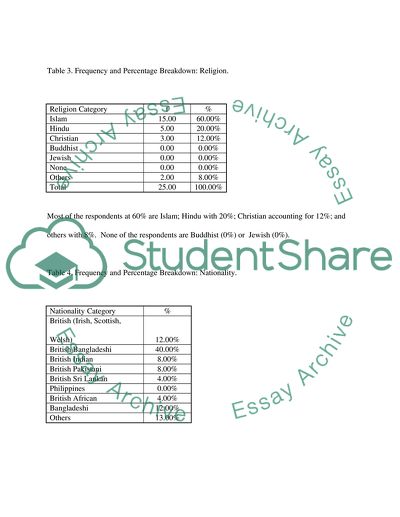Cite this document
(Perception on Wilkinson Promoting Workplace Diversity Research Paper, n.d.)
Perception on Wilkinson Promoting Workplace Diversity Research Paper. Retrieved from https://studentshare.org/human-resources/1726738-how-effective-is-diversity-management-in-a-multicultural-environment-wilkinsons-policies-and-practices-in-eastham-branch
Perception on Wilkinson Promoting Workplace Diversity Research Paper. Retrieved from https://studentshare.org/human-resources/1726738-how-effective-is-diversity-management-in-a-multicultural-environment-wilkinsons-policies-and-practices-in-eastham-branch
(Perception on Wilkinson Promoting Workplace Diversity Research Paper)
Perception on Wilkinson Promoting Workplace Diversity Research Paper. https://studentshare.org/human-resources/1726738-how-effective-is-diversity-management-in-a-multicultural-environment-wilkinsons-policies-and-practices-in-eastham-branch.
Perception on Wilkinson Promoting Workplace Diversity Research Paper. https://studentshare.org/human-resources/1726738-how-effective-is-diversity-management-in-a-multicultural-environment-wilkinsons-policies-and-practices-in-eastham-branch.
“Perception on Wilkinson Promoting Workplace Diversity Research Paper”, n.d. https://studentshare.org/human-resources/1726738-how-effective-is-diversity-management-in-a-multicultural-environment-wilkinsons-policies-and-practices-in-eastham-branch.


